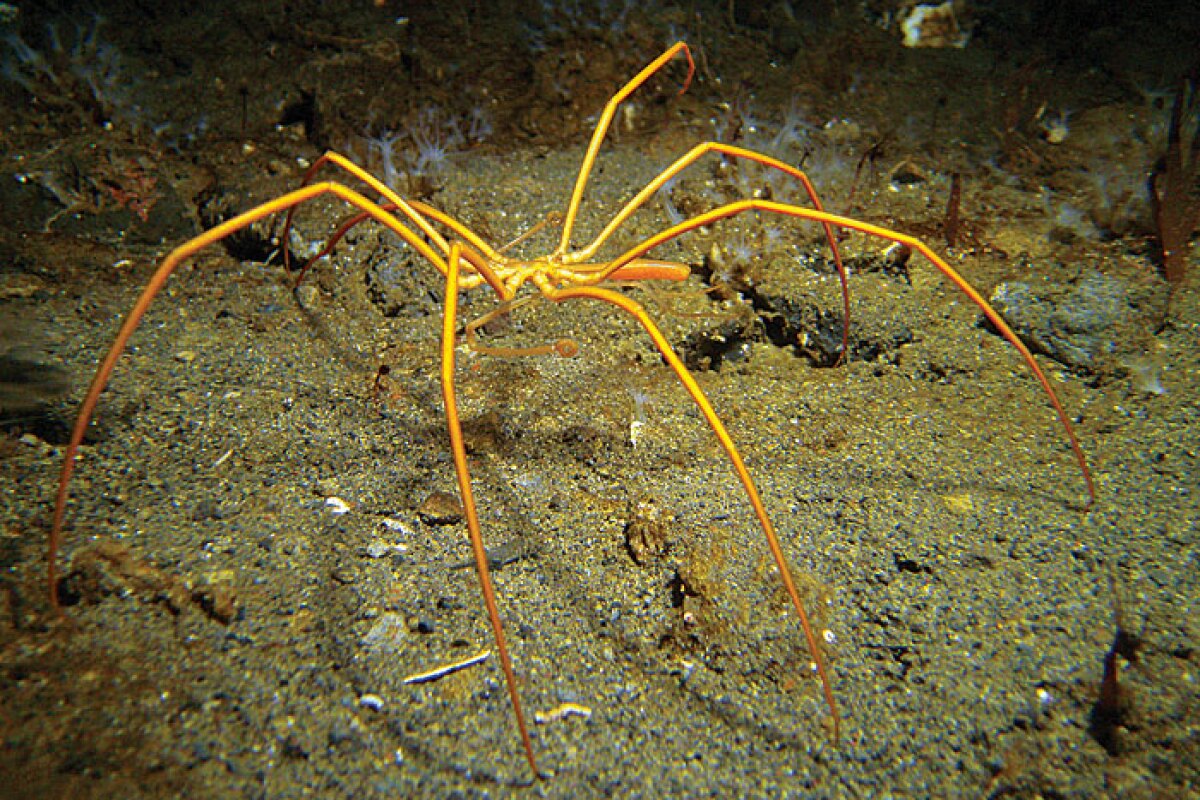Sea spiders already look decidedly alien, like they're about to latch onto your face, but now scientists have found they're equally bizarre on the inside. With weak hearts, the crafty creatures instead use a sprawling system of guts to pump blood and oxygen throughout their bodies.
Like many animals, the human gut is all squished into the belly, but the sea spider gut looks more like our circulatory system, spreading throughout the body. That was the researchers' first clue that the system was handling more than just digestion.
"Unlike us, with our centrally located guts that are all confined to a single body cavity, the guts of sea spiders branch multiple times and sections of gut tube go down to the end of every leg," says H. Arthur Woods, lead author of the study. "In effect, sea spiders guts are 'space-filling' and ubiquitous in their bodies in the same way that our circulatory systems are space-filling and ubiquitous."
The second flag came when the researchers noticed the sea spiders' heartbeats aren't strong enough to pump blood beyond the central portion of their bodies. At the same time, the guts extending down their legs were pulsing with regular contractions in a process called peristalsis. This normally serves to move food and fluids through the digestive system, but in this case, the team hypothesized that the guts were also distributing oxygen.
"My 'aha!' moment was to consider that maybe all that sloshing of blood and guts was not about digestion but instead about moving respiratory gases around," says Woods.
Thanks to their spindly legs and bodies, sea spiders' inner workings are easy to see through microscopes, so to test their idea, the researchers put tracer materials into the animals' blood and guts. Then, they used video microscopy to observe how it flowed in 12 different sea spider species, and found that the guts perform the majority of blood and oxygen circulation.
The study was published in the journal Current Biology.
Source: Cell Press via Science Daily




